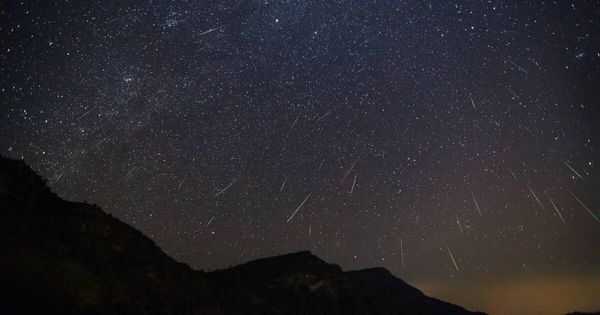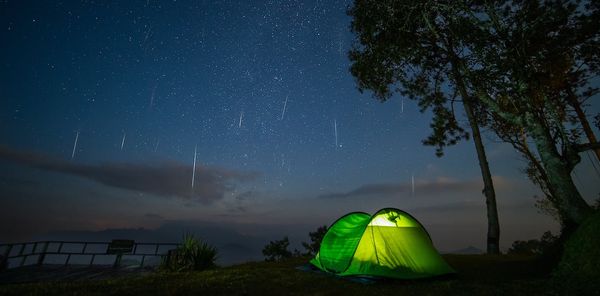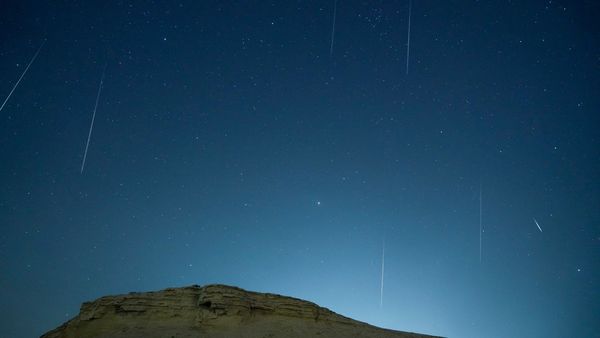It is time for the last major meteor shower of the year. One of the most active and reliable meteor showers, the Geminids regularly present about 120 meteors an hour when observed from a dark site.
And although they are visible from 4 to 20 December, they reach their peak on the night of 14 December.
The Geminids are also notable because they do not originate from a comet. Instead, they have been traced to Phaethon, a strangely active asteroid. This results in dust particles that are denser than most meteors and which have a tendency to break-up explosively into smaller fragments as they burn up in the atmosphere.
Helpfully, compared with other meteor showers, Geminids are rather slower moving, making them easier to spot, as they tend to persist for longer in the sky.
The chart shows the view looking east from London at 2100 GMT on 14 December. From the northern hemisphere, the Geminids are notable because they are often active before midnight, making them easily visible to even casual observers.
From the southern hemisphere, the radiant – the point in the sky where the meteors appear to originate and then radiate in all directions from this point – rises around midnight but never climbs high into the sky. This cuts down the number of visible meteors significantly.










